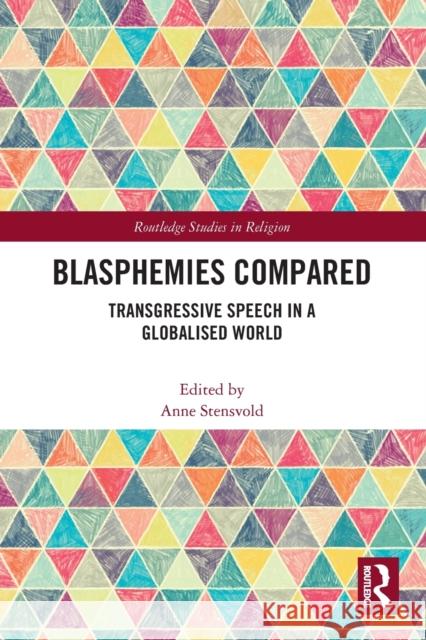Blasphemies Compared: Transgressive Speech in a Globalised World » książka
topmenu
Blasphemies Compared: Transgressive Speech in a Globalised World
ISBN-13: 9780367654573 / Angielski / Miękka / 2022 / 296 str.
Blasphemies Compared: Transgressive Speech in a Globalised World
ISBN-13: 9780367654573 / Angielski / Miękka / 2022 / 296 str.
cena 208,40
(netto: 198,48 VAT: 5%)
Najniższa cena z 30 dni: 196,40
(netto: 198,48 VAT: 5%)
Najniższa cena z 30 dni: 196,40
Termin realizacji zamówienia:
ok. 22 dni roboczych
Bez gwarancji dostawy przed świętami
ok. 22 dni roboczych
Bez gwarancji dostawy przed świętami
Darmowa dostawa!
This volume examines both historical developments and contemporary expressions of blasphemy across the world.











